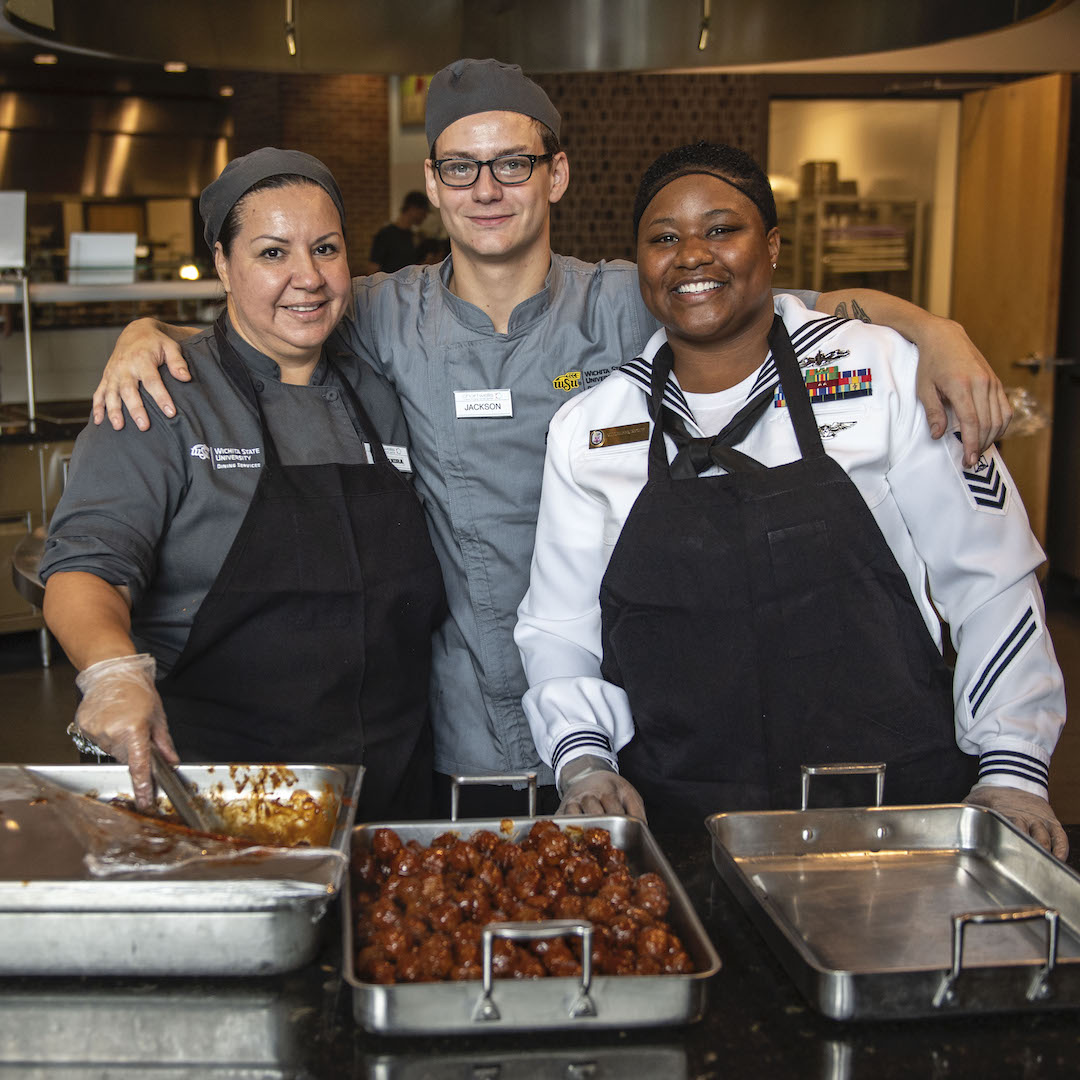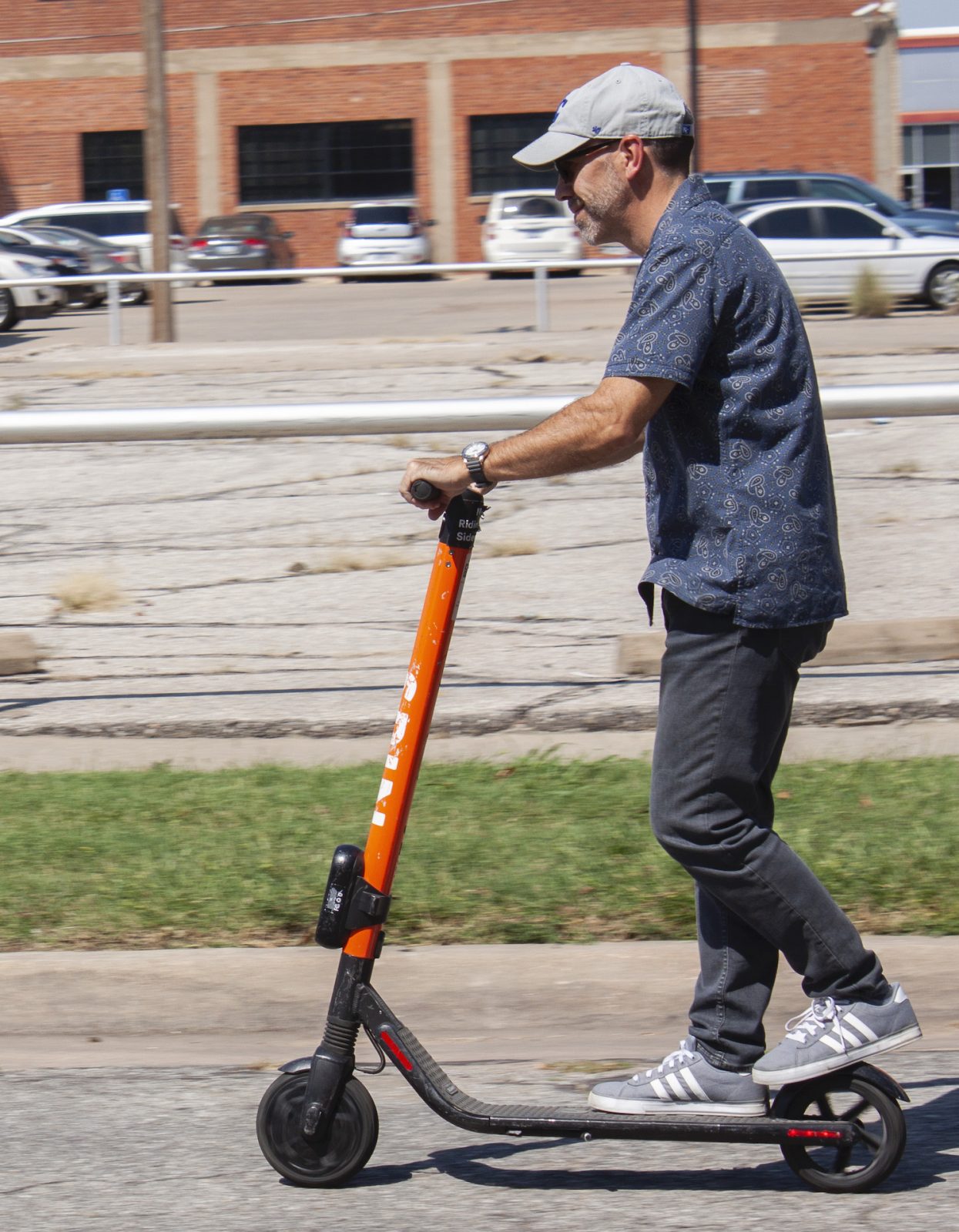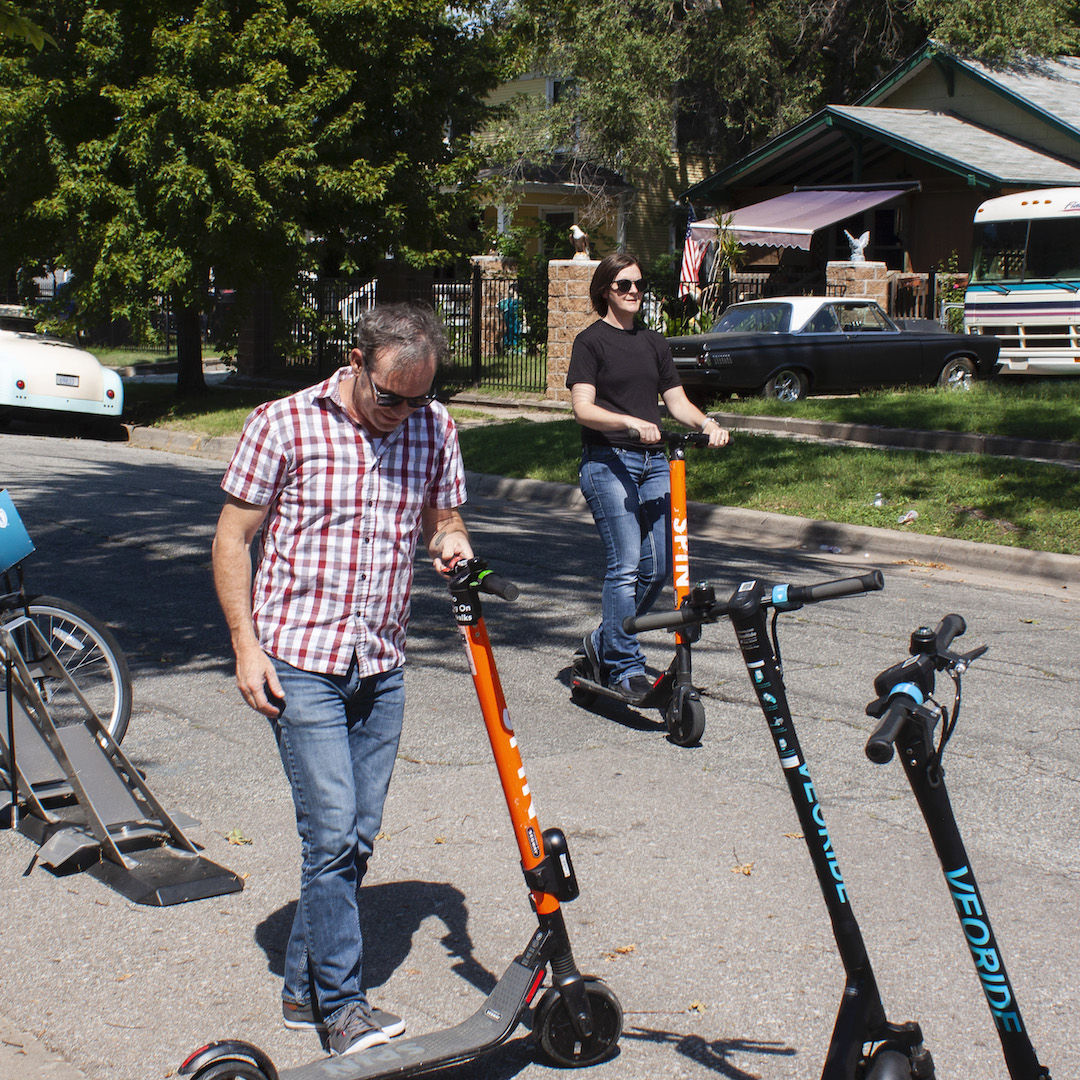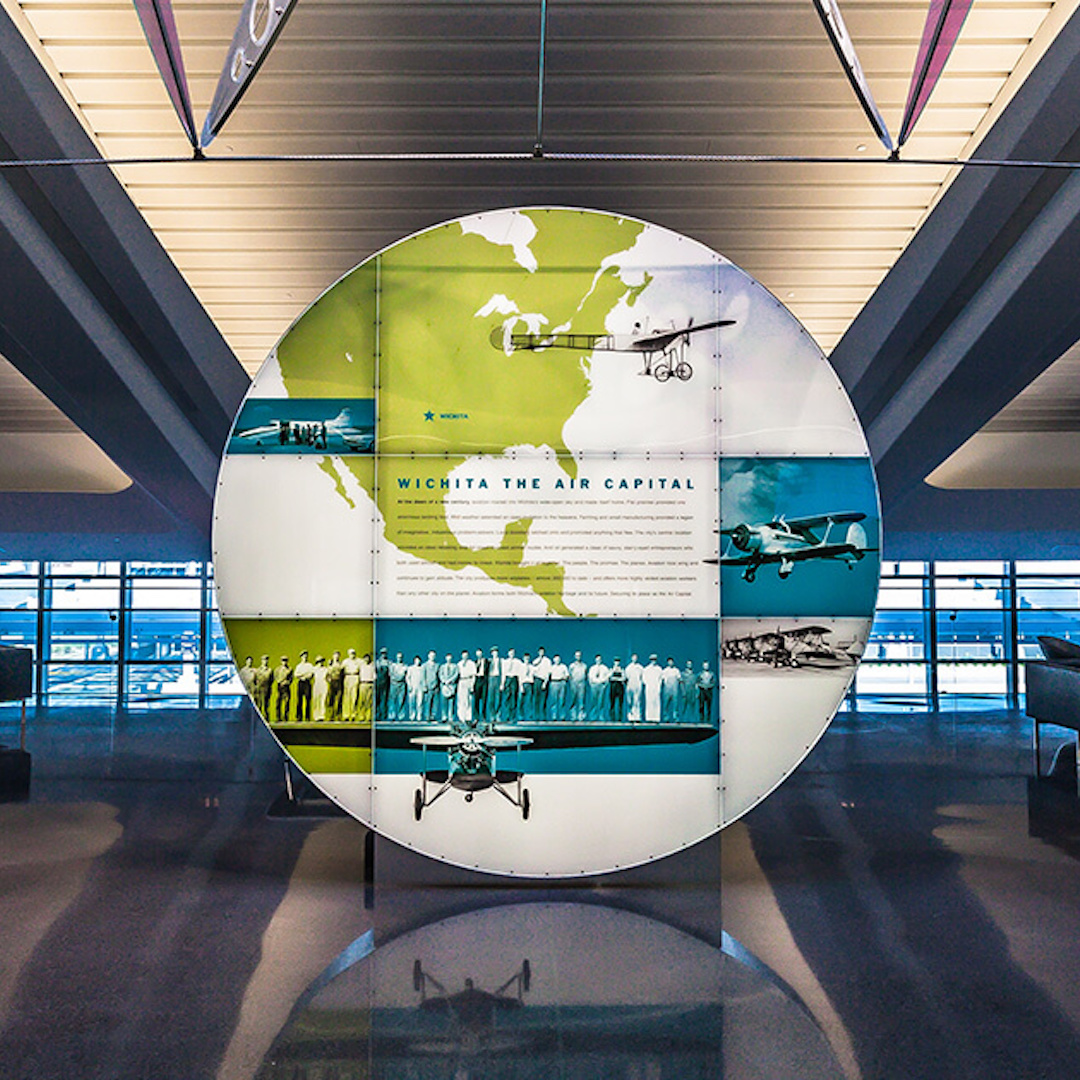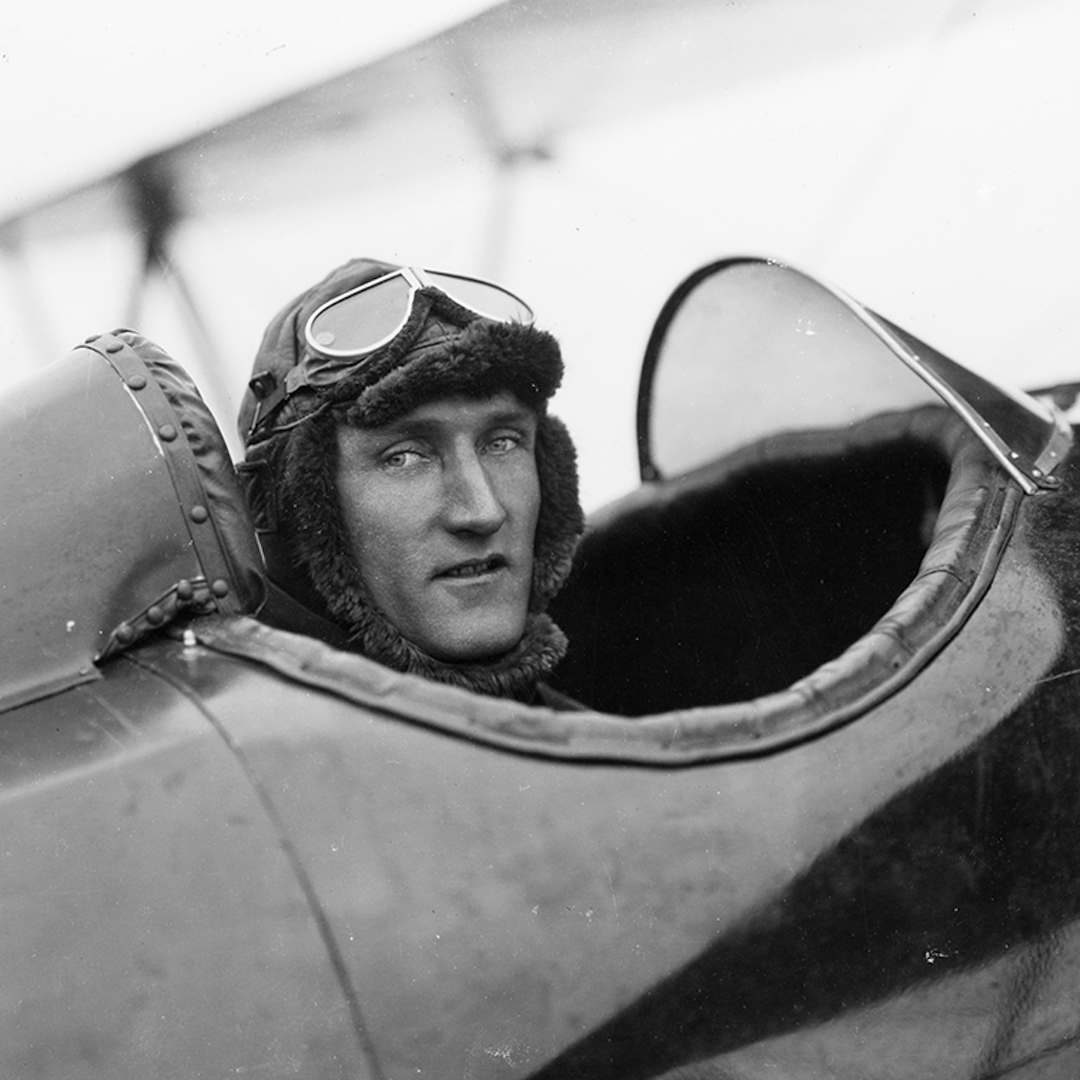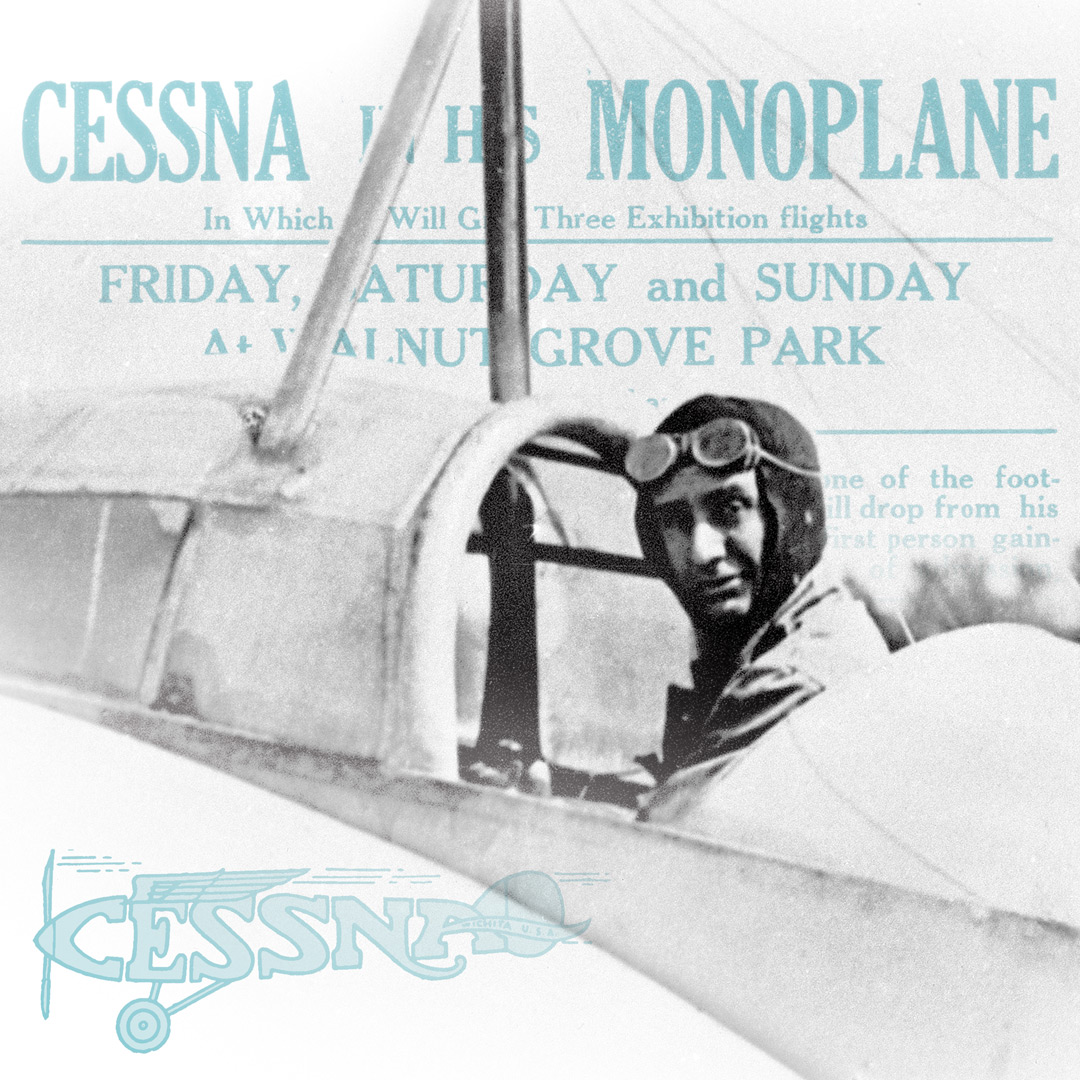Wichita Welcomes First Navy Week
Welcome, to the Air Capital, Navy Week. Roughly 70 U.S. Navy sailors put on 111 events in the Air Capital and at the Kansas State Fair in Hutchinson Sept. 9-15 for Wichita’s first Navy Week. The goal: to help our landlocked region better understand the Navy’s unique, safety-serving role.
Explosive ordnance disposal (EOD) technicians wowed. Drill teams inspired. Bands and quintets entertained. It was our privilege to help them spread the word.
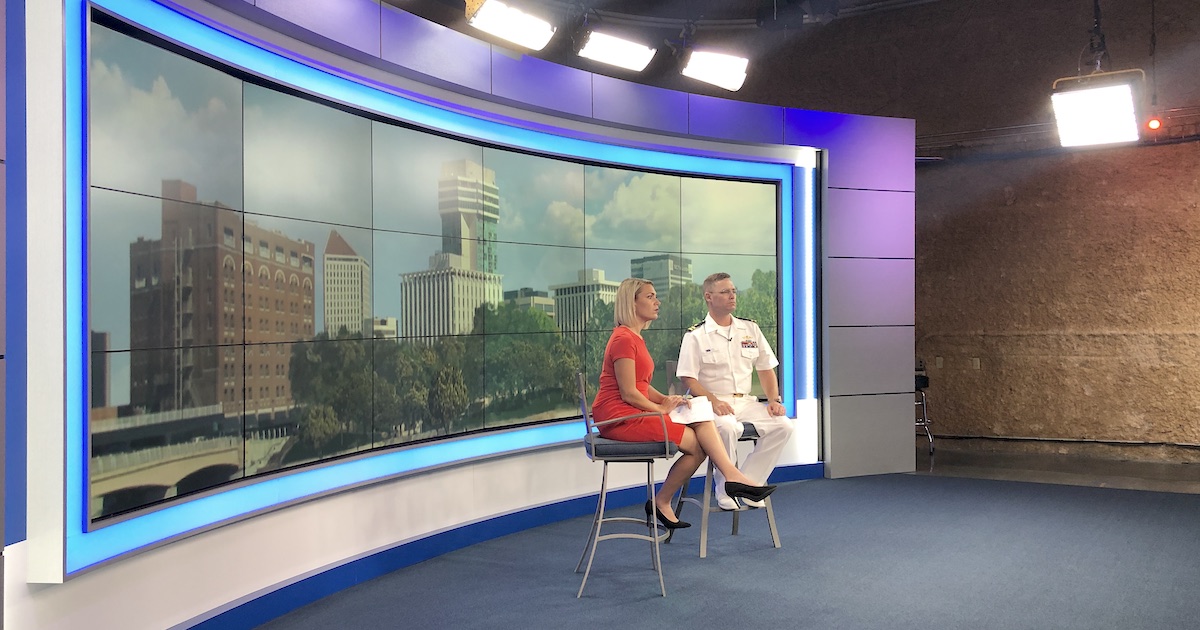
I think ships when I hear Navy, but it operates everything from combat aircraft and transport to helicopters and trainers. Imagine the skills needed to take off and land on an aircraft carrier. The U.S. Navy has also produced more astronauts than any other branch of the Armed Forces. Sailors visited the Kansas Cosmosphere to talk about the Navy’s involvement in the U.S. space program. What a history and heritage.
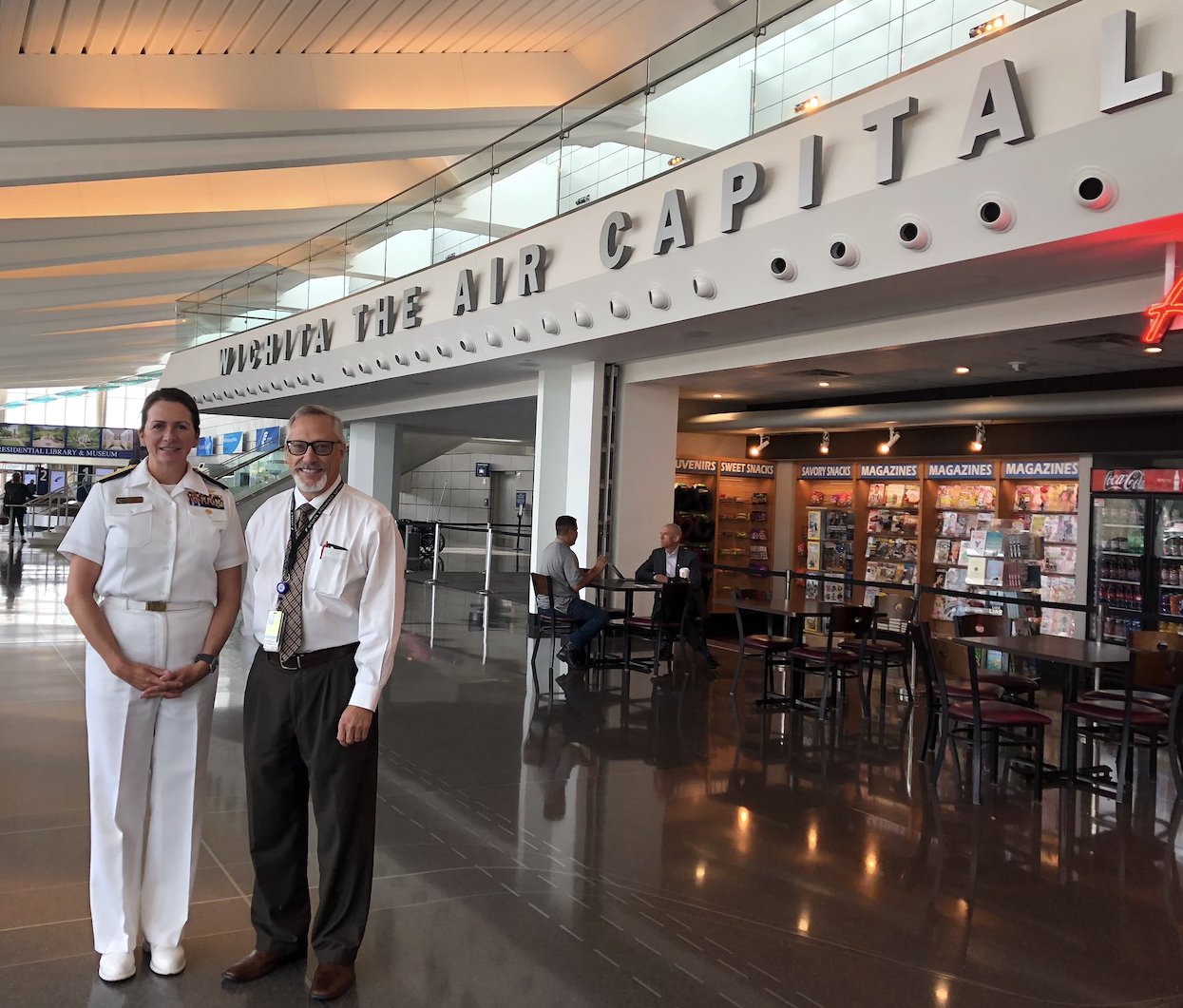
Navy Week Kicks Off with a Pop-Up Performance
Navy band Great Lakes put on a lunchtime show at the ICT Pop-UP Urban Park in downtown Wichita. Musician 2nd Class Matthew Durr told KWCH, “As far as Navy music goes, it gives people a chance to basically have a full-time job playing their horn and doing it for their country. … Not a lot of musicians get to say that.”
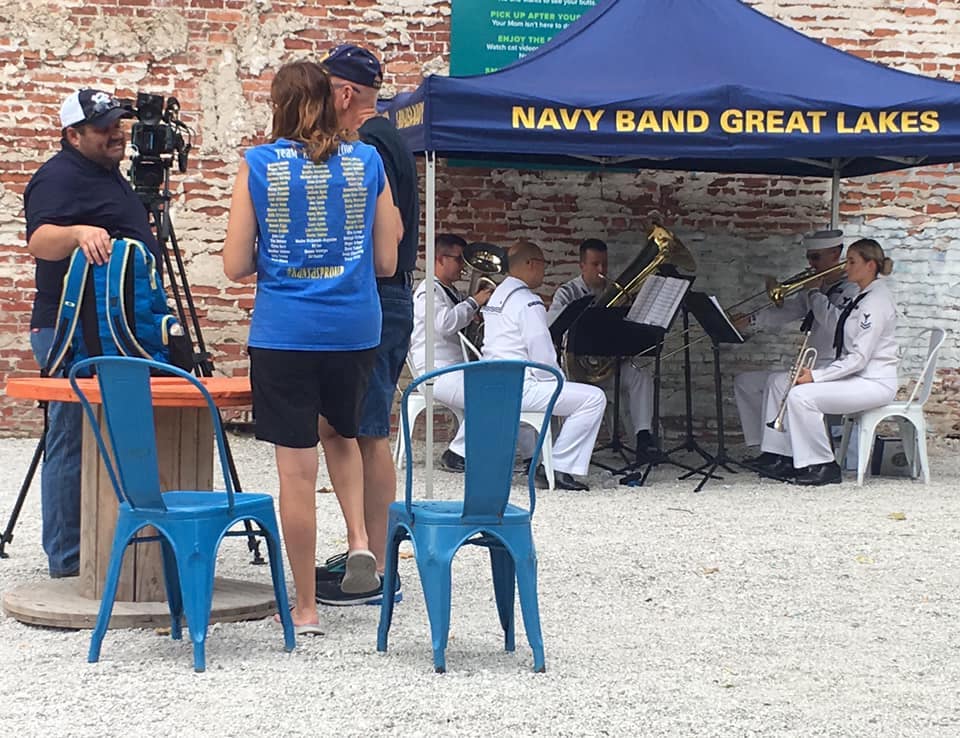
Navy Band Great Lakes performs at each Naval class graduation. It’s also the Navy’s “Ambassadors to the Midwest,” serving an 11-state area from Ohio to North Dakota. Wichita had the chance to hear them at performances throughout the week. There’s nothing like a tuba to put a bounce in your step.
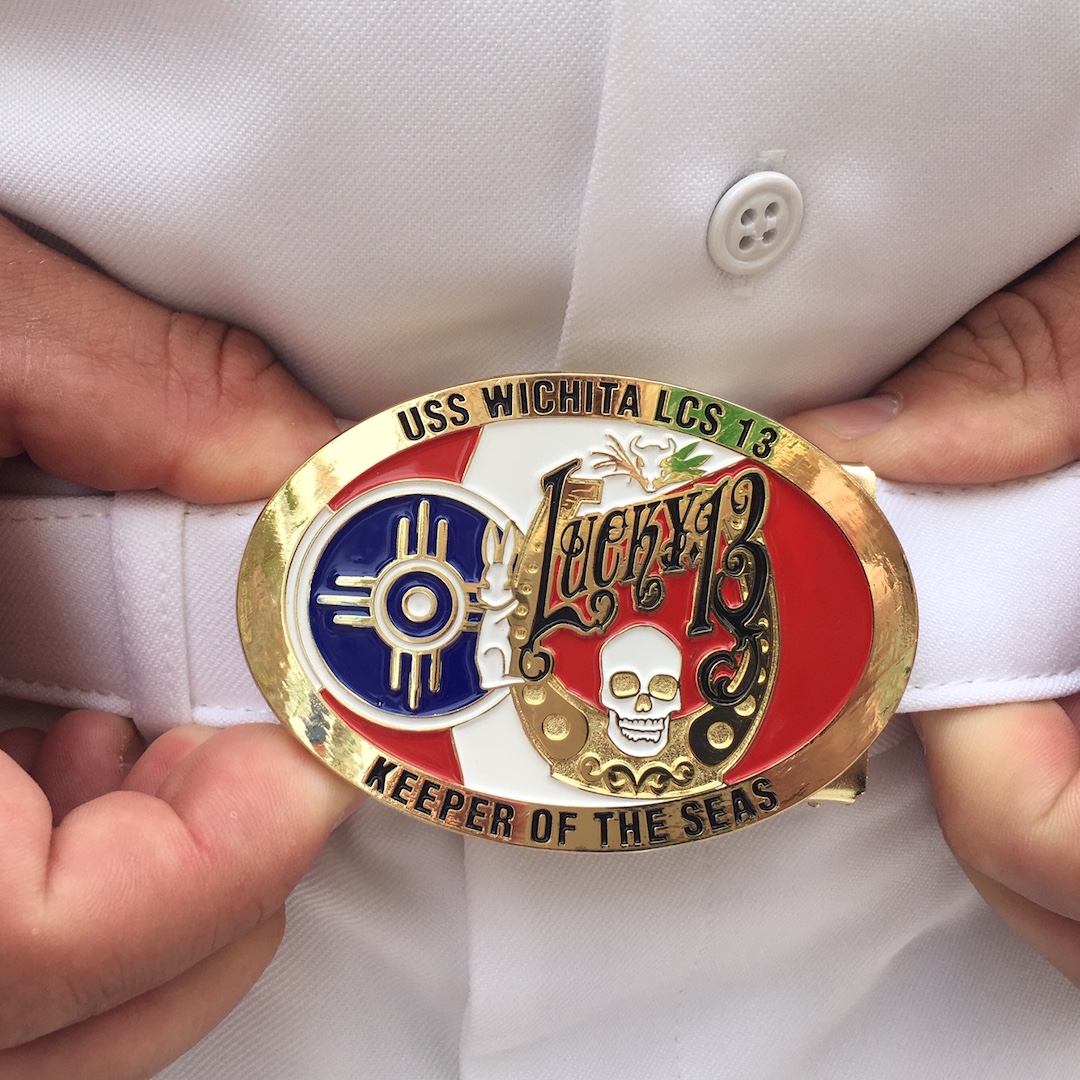
While photographer Jaime Green captured Navy Week band shots for The Wichita Eagle, something else caught my eye. A captain with the U.S.S. Wichita LCS 13 Keeper of the Seas – Wichita’s namesake Navy ship – wearing a can’t-miss-it, Wichita-flag-emblazoned belt buckle. When asked if we could take a photo, he said, “Sure. Believe it or not, that’s not the weirdest thing I’ve been asked to do.”
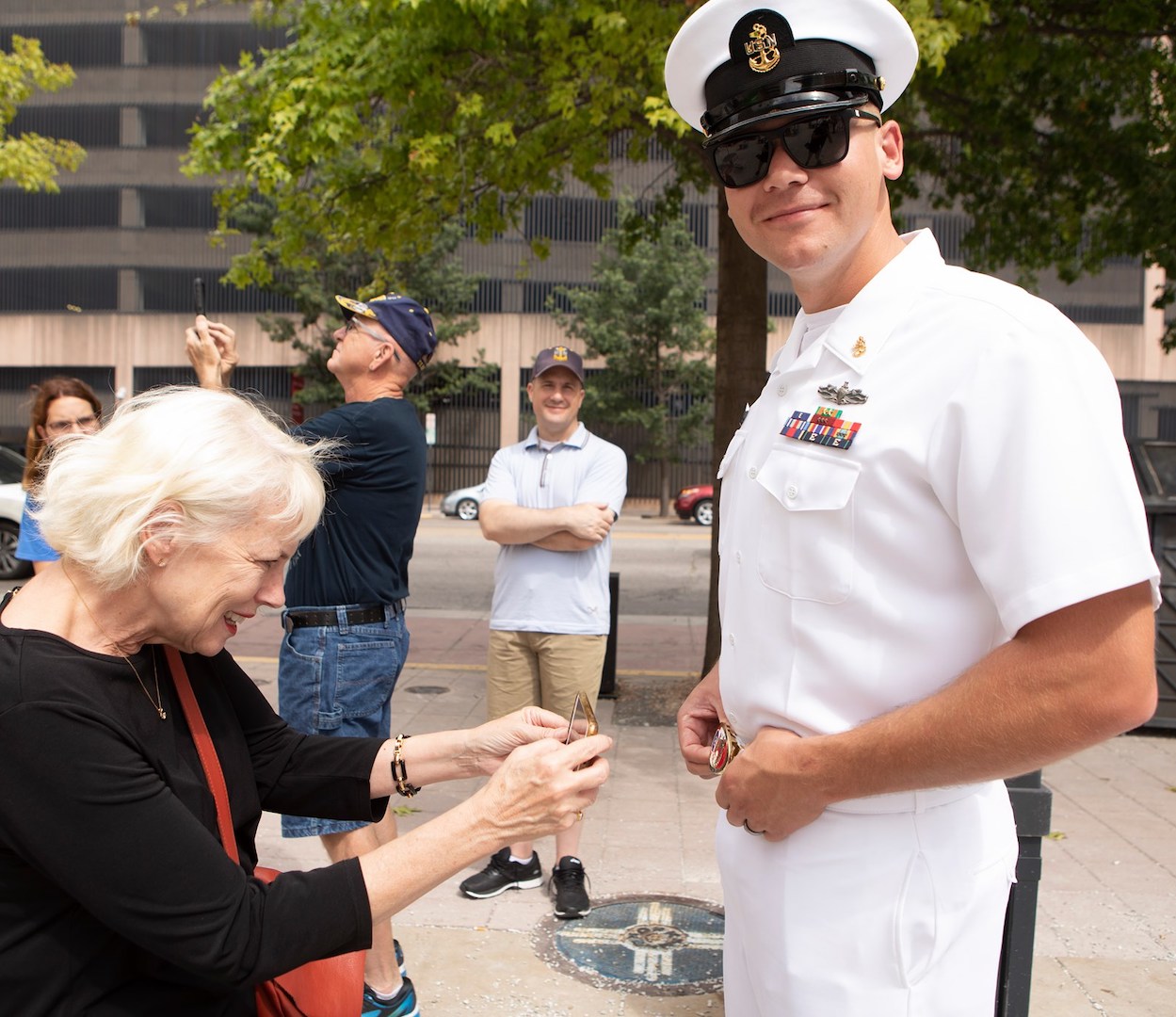
Special Guest Highlights the Navy’s Best
Rear Admiral Nancy Lacore, Vice Commander of the U.S. 6th Navy Fleet and Director of Navy Maritime Partnership, joined Navy Week sailors at various events. Highlights included her visit to our community’s beloved B-29 “Doc” with U.S.S. Wichita sailors, joining Mayor Jeff Longwell for a Navy Week proclamation, and meeting with 300 veterans and their families at the fair.
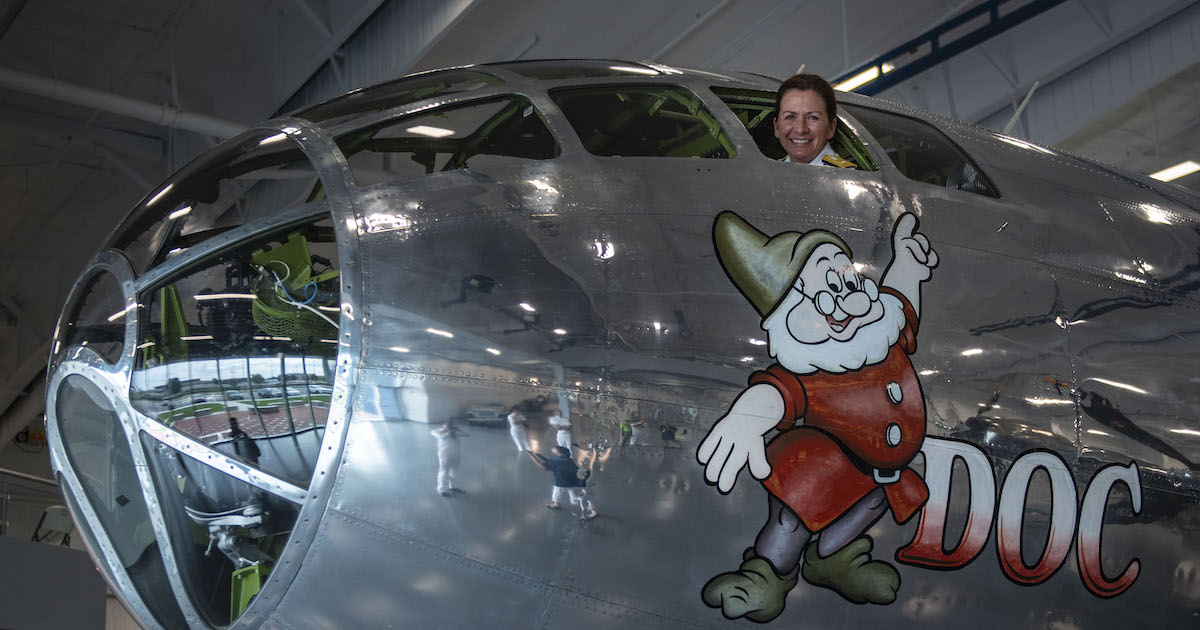
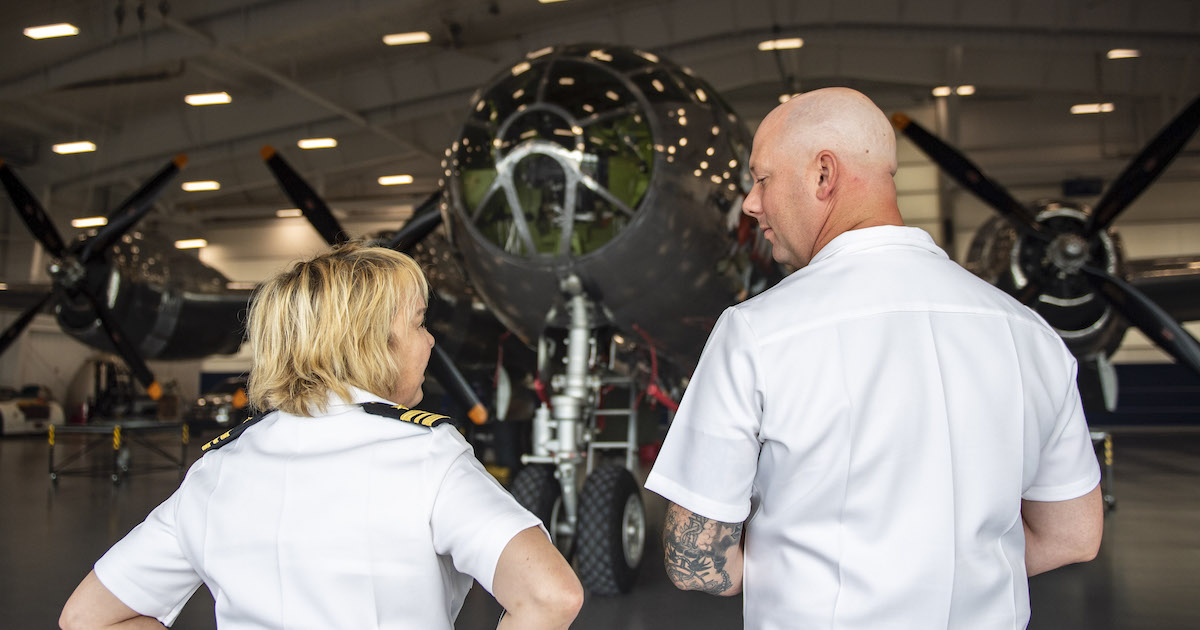
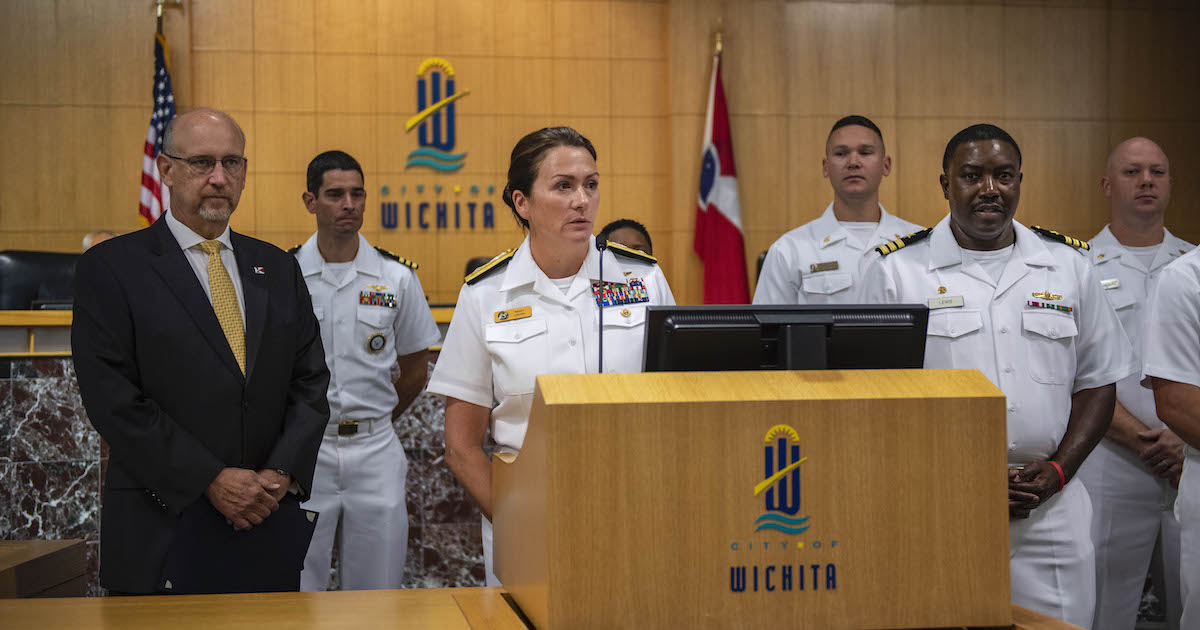
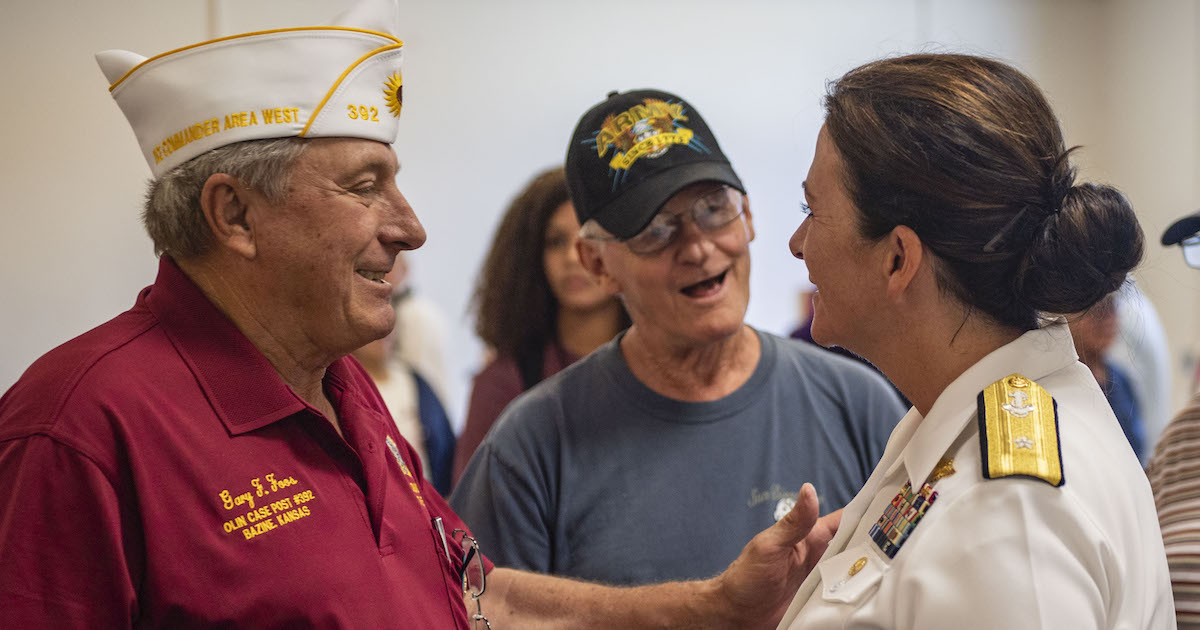
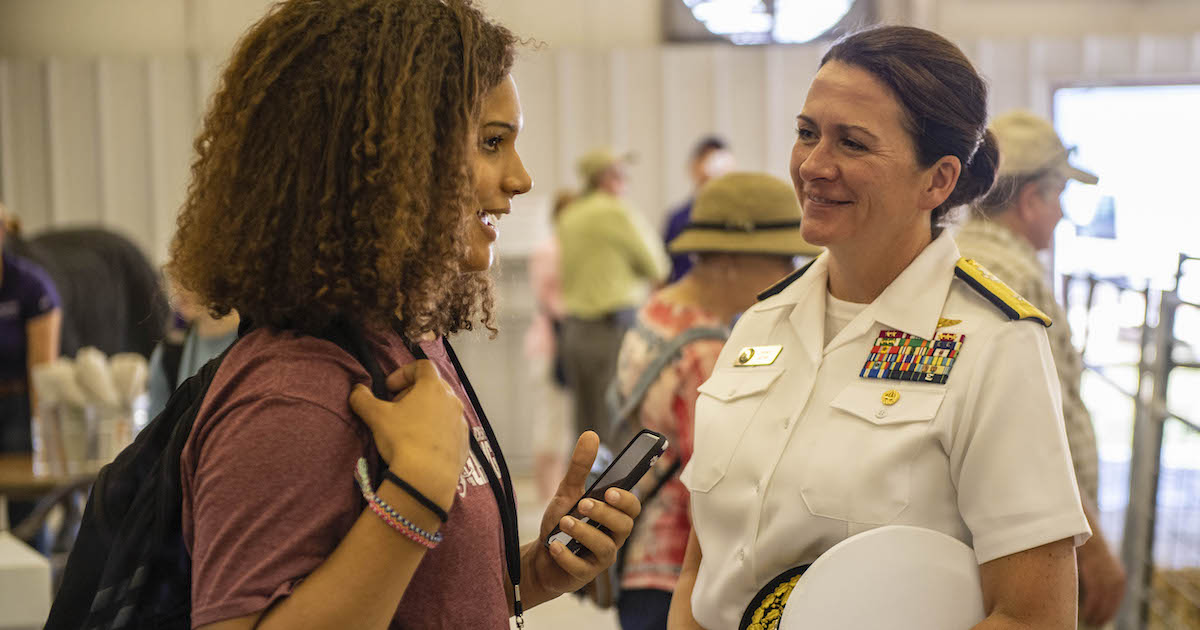
Rear Admiral Lacore also spoke to numerous groups, from Rotarians and veterans to Girl Scouts and Doc’s Friends. She met with civic leaders, business owners and students. Her jam-packed schedule had her running. Literally. She took the first lap in the 9/11 Commemorative Flag Run at 6:30 in the morning, then headed out for full day of presentations and meetings.
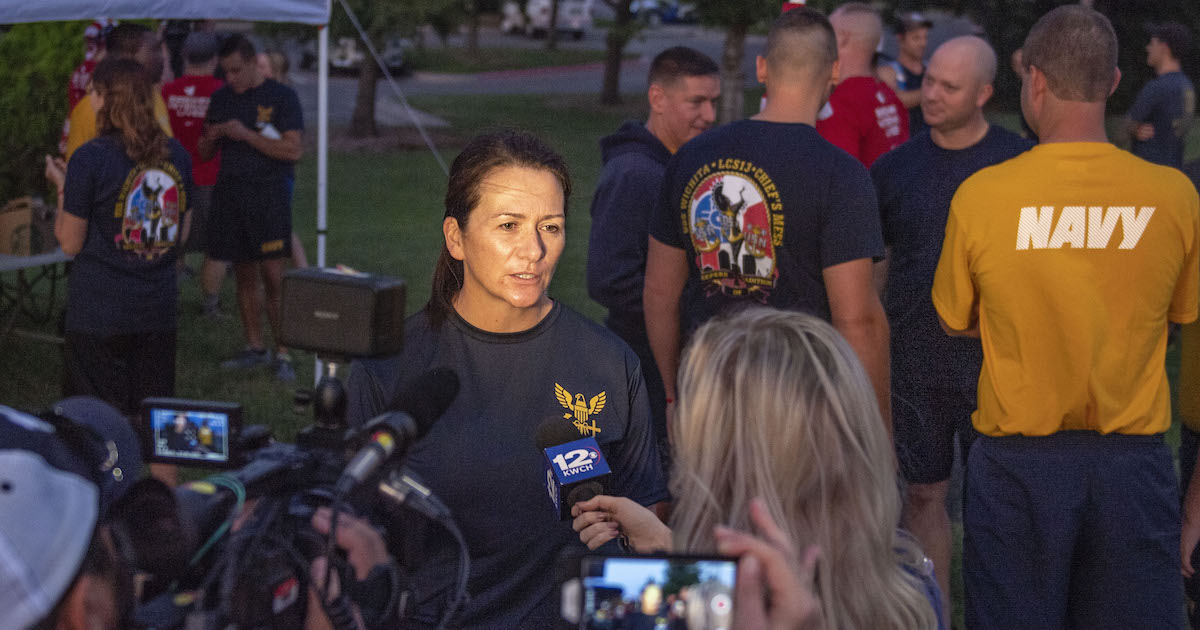
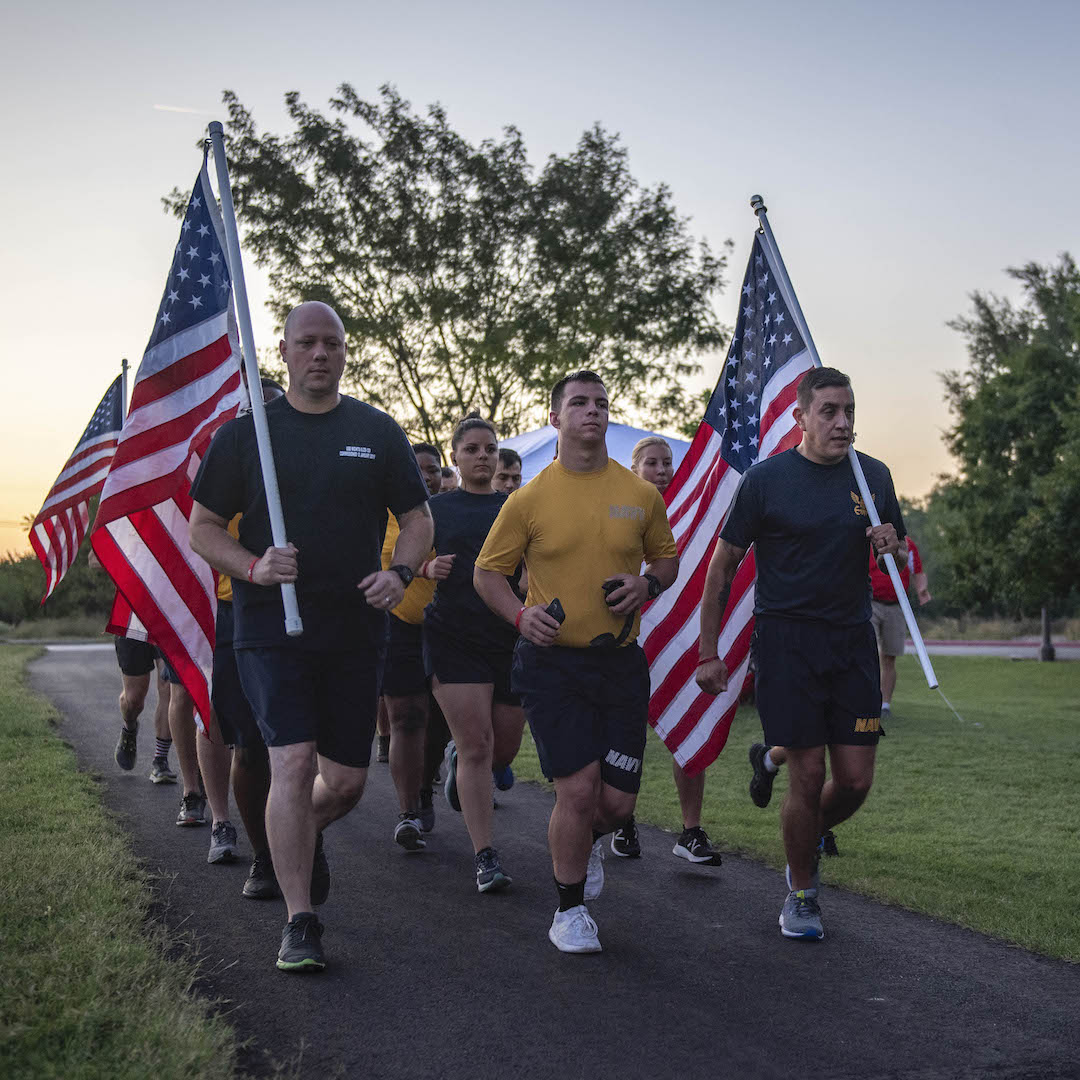
Rear Admiral Lacore swore in several new sailors at the Kansas State Fair. The pinning ceremony, a key part of naval heritage, is the culmination of intense training that prepares sailors for new responsibilities.
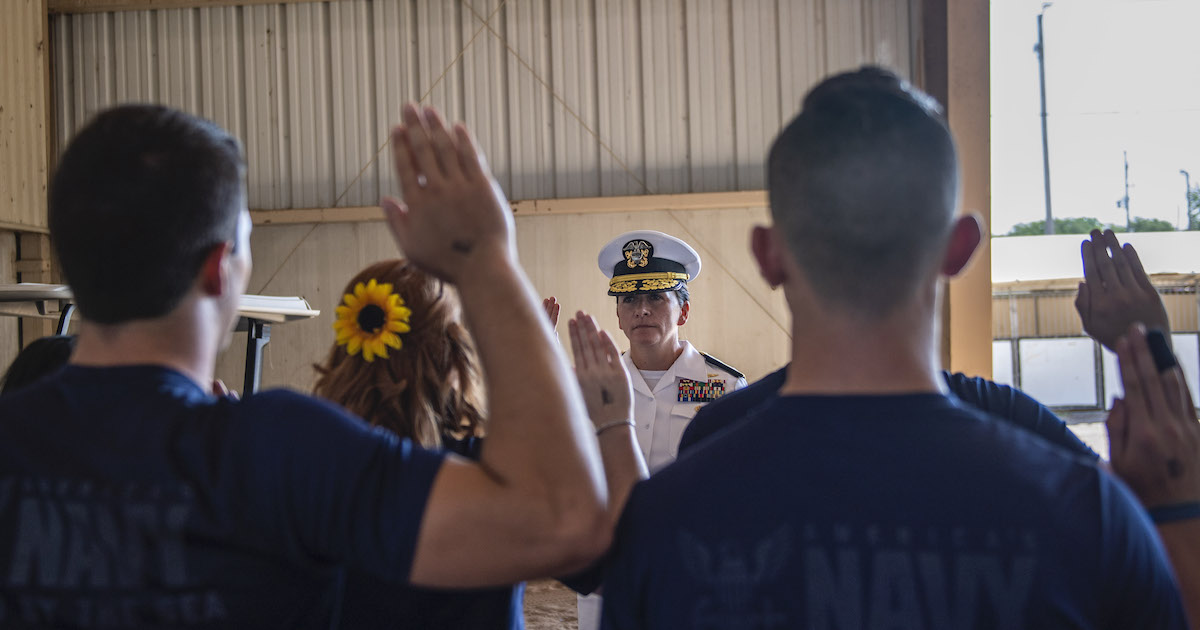
Lost Sailor Comes Home
Navy Seaman 2nd Class Wilbur Clayton Barrett, killed during the 1941 attack on Pearl Harbor in World War II, returned home to Kansas on September 12. Was it fate that he returned during Navy Week? Navy Week sailors, U.S.S. Wichita Master Chief Ryan King and Navy Lieutenant John Stevens joined the Naval honor guard that carried Barrett’s casket to the hearse. Barrett was buried with full military honors in his hometown of El Dorado. Wichita Eagle photographer Travis Heying captured this moment. Read the in-depth article.
Hooyah, the Navy Endures
The Navy protects us from ships on the sea, submarines under the sea and aircraft over the sea. Their very presence serves as a deterrent and a safeguard. The motto, Semper Fortis, means Always Courageous. Its unofficial motto is equally inspiring: Non sibi sed patriae, or Not for self, but for country. Throughout the week, Wichita had the opportunity to meet the men and women of the U.S. Navy. To talk with them. To hear firsthand what it’s like to serve in this distinctive branch of the armed services.
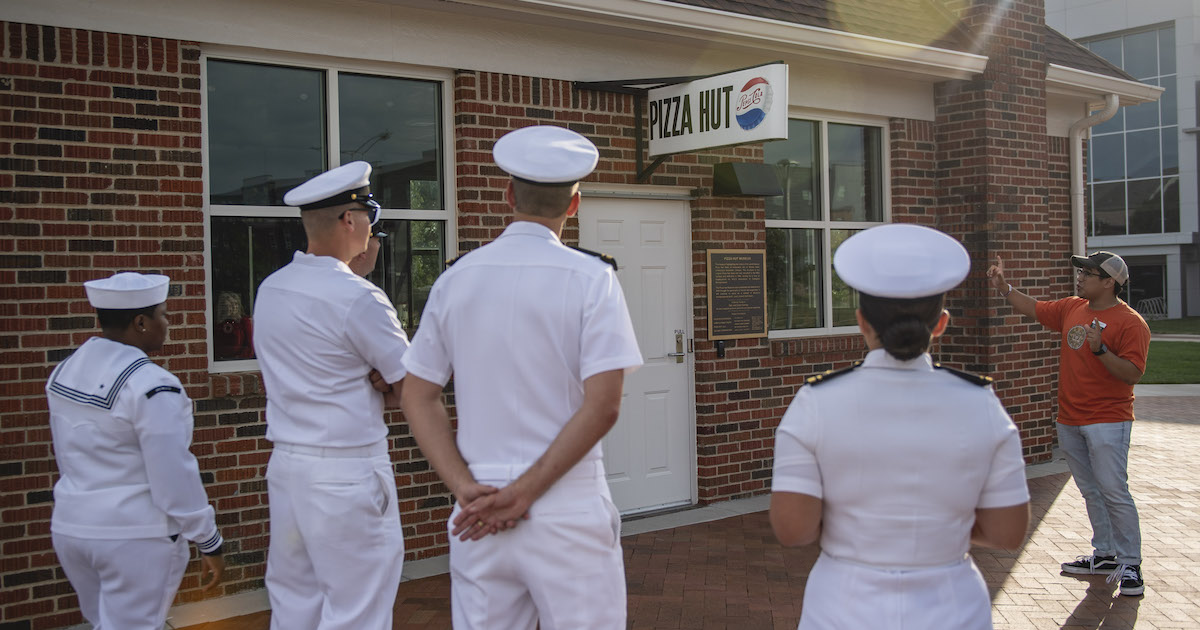
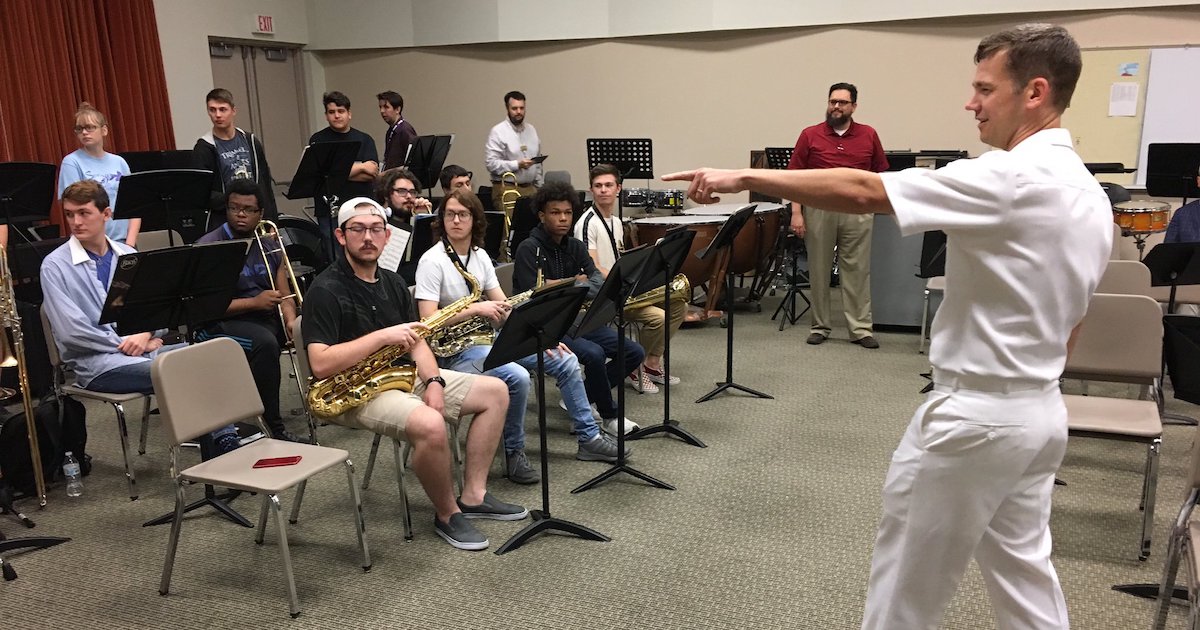
Navy Week sailed into our landlocked city as a way for us to understand this branch of the U.S. Armed Services. It’s gone both ways. The U.S. Navy has gotten to know the Air Capital just a little more – and from everything we’ve heard, they like us. They really like us.
